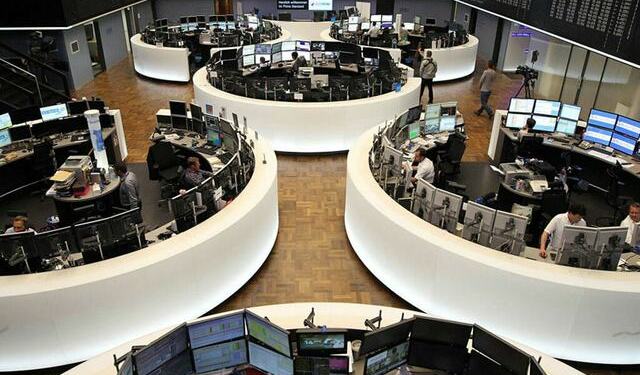By Lindsay Dunsmuir and Ann Saphir
WASHINGTON/SAN FRANCISCO (Reuters) – The Trump administration’s latest two nominees to the Federal Reserve are everything it was once feared the White House would never support: insiders who will do little to rock the boat at the world’s most powerful central bank.
Richard Clarida, an economist who advises fund manager Pimco and Michelle Bowman, a Kansas City bank regulator, go before the Senate Banking Committee at 10 a.m. EDT (1400 GMT) on Tuesday.
If approved, they will join President Donald Trump’s other two mainstream picks, Jerome Powell and Randal Quarles, in largely filling out the remaining spots on the influential Fed Board of Governors.
The pair “add balance to the Board,” said Barclays (LON:) economist Michael Gapen. Each brings expertise — Bowman has a background in community banking, and Clarida is a monetary policy expert — without any obvious ideology, he said: “These are very centrist candidates.”
Trump’s one other nominee, Marvin Goodfriend, was different: a conservative economist who wanted to reshape how the Fed operates, how it fights future crises, and how it relates to Congress. His nomination stalled after a contentious hearing in January as it became clear he may not have the votes to pass the full Senate.
Neither Clarida nor Bowman appear controversial or liable to upend the 105-year-old institution, as Trump nominees to lead various other agencies have been.
Clarida, who is nominated to be vice chair, is seen aligned with the Fed’s current chairman, Jerome Powell, and is supportive of gradual interest rate rises.
An accomplished economist who also teaches at Columbia University, he supports the view of a core group of Fed economists who think interest rates are likely to remain lower, and economic growth somewhat slower, than in the past.
Fed policymakers are about evenly split between those who expect three rate hikes this year, and those who expect four. Clarida fits right in.
“We could get four hikes if the growth in the economy is stronger because of the tax cuts,” Clarida told Bloomberg Television in December.
The central bank has been raising rates since late 2015 amid a strengthening economy. Its task is set to become more difficult as it weighs how fast and how far to lift borrowing costs now that it has effectively met its dual mandates on employment and inflation.
Bowman, who has run the Kansas State Bank Commission since 2017, would fill a position at the Fed reserved for someone with community banking experience, which has remained unfilled since 2014.
Prior to leading the Kansas regulator, she was a vice president for Farmers & Drovers Bank, a community bank in the state owned by her family.
Bowman was also previously on the staff of former Republican U.S. Senator Bob Dole of Kansas and was a deputy to former Homeland Security Secretary Tom Ridge.
“She touches all the bases. They were looking for someone who could hit the ground running. Having that Washington element was a big, big deal,” said Camden Fine, chief executive officer of the Independent Community Bankers of America, who was tapped by the White House to give a list of potential nominees.
A Fed Board with Clarida and Bowman joining Powell, Quarles, and Obama appointee Lael Brainard, falls well short of the radical shift that Trump’s leadership picks could have posed.
“Trump is putting his stamp on the Fed by appointing a new cohort of leaders who bring a fresh perspective as well as a fair amount of continuity,” said Andrew Levin, a professor at Dartmouth University.
Source: Investing.com



























